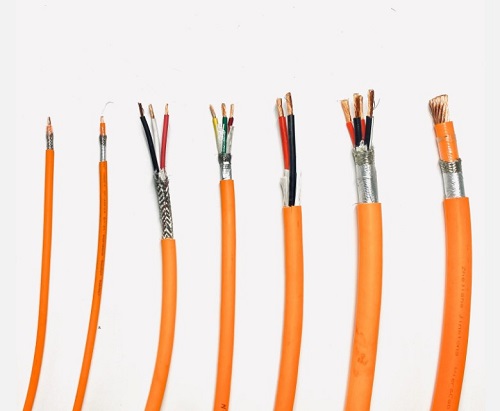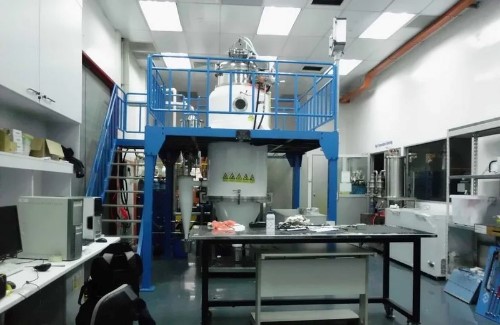Low-cost Nanotechnology Water Filters
The past years have seen incredible growth in nanotechnology with a vast range of materials and potential applications created. Among the many possible applications, carbon nanotubes are amazing candidate material for cleaning polluted water given that the development of sustainable, energy efficient, robust and cost efficient water purification methods is quite a challenging task. In fact, the traditional techniques utilized for purifying water and which can be categorized into biological, chemical and physical techniques suffer a great deal from certain limitations for instance low adsorption capacity, generation of toxic sludge and high cost capacity among others.
Most things that pollute water have very high affinity for carbon nanotubes and the pollutants could be removed easily from contaminated water by filters made of this nanotube for instance water soluble drugs that can hardly be separated from water using activated carbon. Such problems could easily be minimized since carbon nanotubes have very large surface area and with high capacity to retain pollutants. Likewise, maintenance and wastes related to water de-pollution could also be minimized according to Thilo Hofmann, Vice Dean of the Faculty of Earth Science, Geography and Astronomy of the University of Vienna.
A possible solution to tackle water purification problems has been exhibited by a group of researchers in India who created nanotechnology based water purification using nano silica silver composite material as antimicrobial, antifouling and dye-adsorptive substance. Using this procedure, pathogenic bacteria and dye present in contaminated water can be treated concurrently without using any chemicals, electricity or high temperature. In other words, microbe filter relies on silver nanoparticles entrenched in a cage of chitosan and aluminum. The cage blocks macroscale water contaminants and also guards the nanoparticles from sediments that tend to accumulate on their surfaces, thus preventing them from releasing micro zapping ions.
Note that this process does not need any expensive or elaborate equipment and it does not require any chemicals to reduce silver ions and consequent production of silver nanoparticles. In the end, this minimizes the environmental load of toxic chemicals during fabrication of this nanocomposite material. The protein coating on the nanoparticle surface prevents the leaching of silver ions which in itself could be a source of contamination. It offers long stability of the nanocomposite. Water is life and it means health, education and general wellbeing of a society and it is through such technologies that we can make an impact in such places as India and other countries struggling with water issues.









